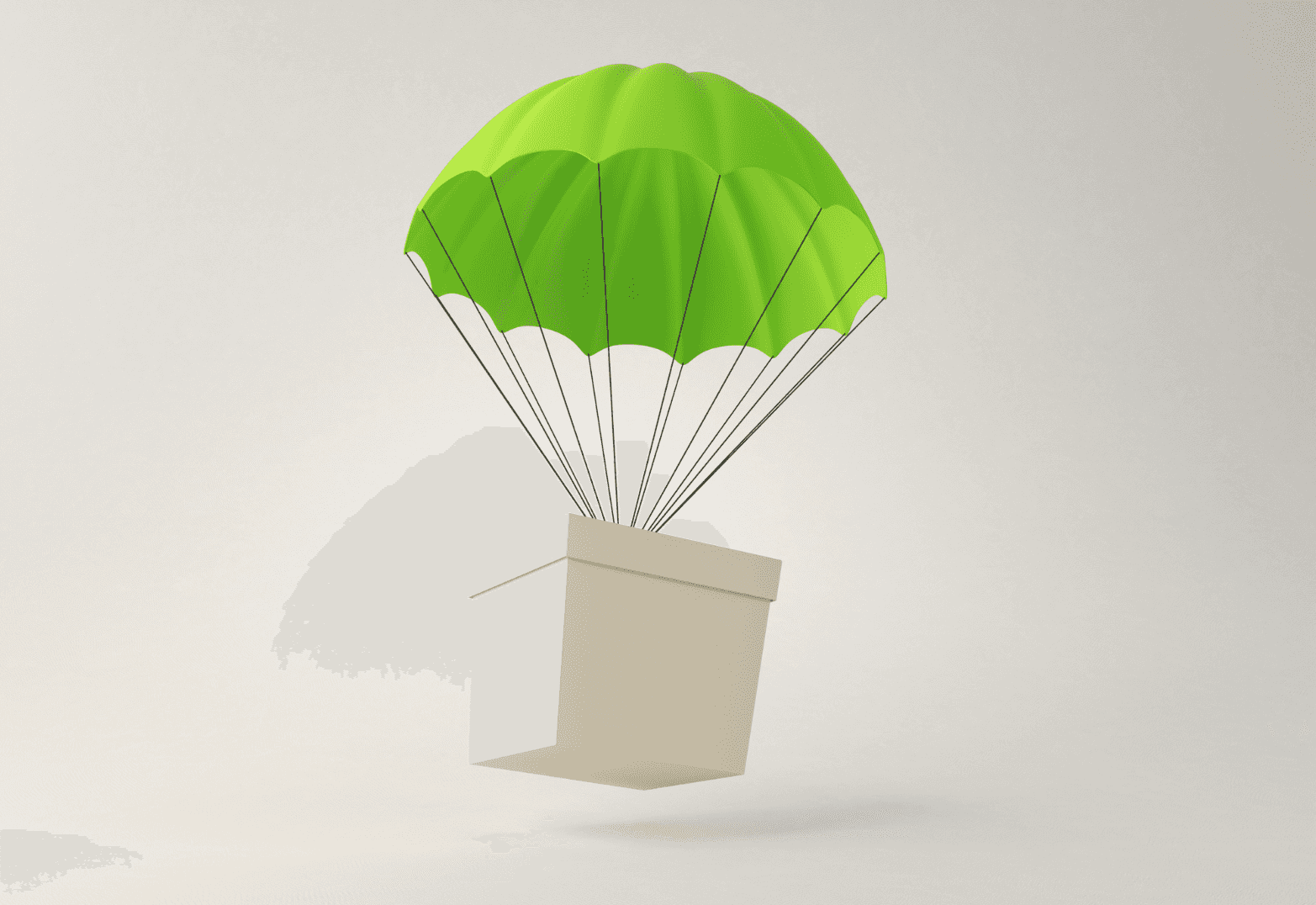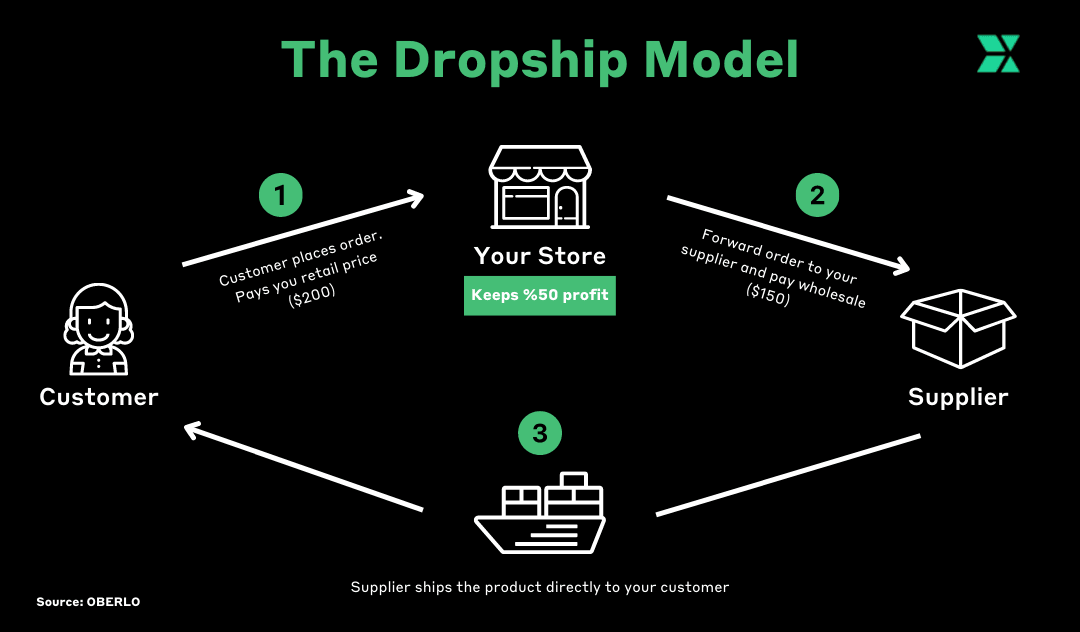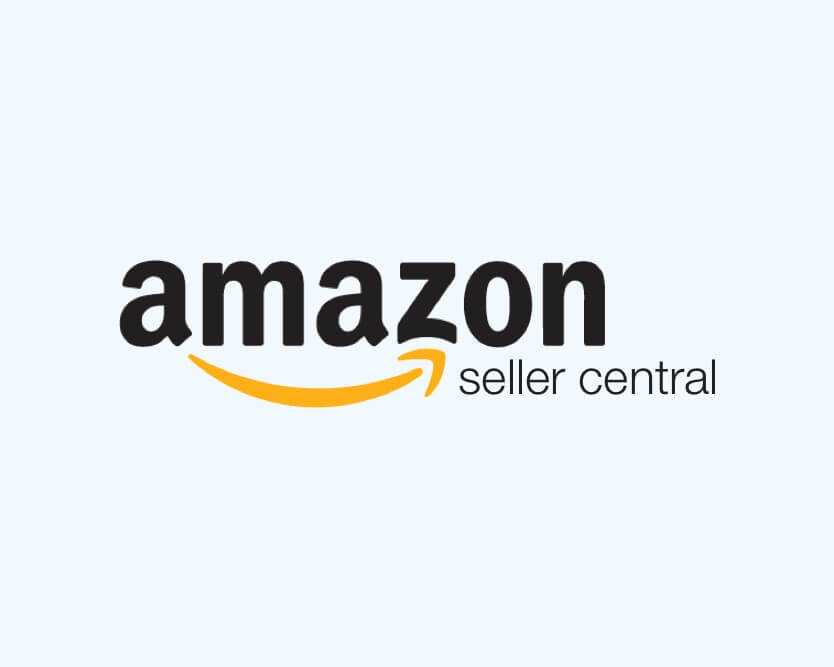
Guides
Your complete guide to eCommerce dropshipping
9.03.2023
It doesn’t matter if you’re a seasoned eCommerce retailer or an aspiring online entrepreneur, dropshipping is likely a term you’ve heard in passing. It’s more than just another buzzword, however. It’s a fulfilment method well known for its flexibility and cost-effectiveness and is increasingly popular worldwide. In fact, dropshipping could be your stepping stone to a successful online retail business.
In this guide, we’ll explain what dropshipping is, the pros and cons that come with it, and best practices for profitability. We’ll also explore how you can handle back-and-forth payments in multiple currencies to be more accommodating to customers and suppliers from different locations.
What is dropshipping?
Dropshipping is an order fulfilment method that doesn’t involve a retailer keeping stock. The retailer acts as an intermediary and purchases inventory from a third-party wholesaler or manufacturer whenever a customer places an order, which is then shipped directly to the customer from said third party. The retailer then charges the customer for the retail price and pays the supplier for the product and logistics and earns a profit from the difference between the two prices.

Dropshipping is ideal for companies aiming to operate without having to commit to a lot of capital and expensive storage space. This is particularly true for those wanting to evaluate market demand by selling a product as a trial, where they can quickly find out what works and what doesn’t with minimal risk.
Moreover, it is also a great add-on for businesses that already have an established supply chain. Without the need to order and keep stock, dropshipping helps merchants prepare for sales events like Amazon Prime Day, Singles Day or Black Friday without the risk of overstocking. Also, having an alternate supply chain comes with protection from unexpected issues like warehouse damage or natural disasters.
Why dropshipping is worth your time
Dropshipping’s biggest advantage is that it can help retailers launch a business quickly. Since amassing the capital for purchase had traditionally been an obstacle for starting a business, retailers are now in a better position to realise their entrepreneurial dream with this major hurdle removed. Also, by outsourcing laborious tasks like packaging and deliveries, retailers can better focus on value-adding activities, such as marketing and user experience. All you need is a laptop, internet connection, and the time to manage the operational side of things.
Additionally, working with multiple suppliers can help increase product variety and diversity for your sources, giving sufficient cover in case one supplier can’t deliver its service. Furthermore, since customers favour same-day or near same-day delivery, having a partner that can provide this service significantly uplifts a retailer’s reputation.
Here’s a quick introductory video on starting your dropshipping business:
What are the caveats of dropshipping?
Even if dropshipping seems like a great option, there are still a few cons to consider.
Low margins
Dropshipping’s low entry barrier has made the practice fiercely competitive. Margins can be low, and there are probably dozens of other dropshippers selling the same product at a rock-bottom price.
Loss of control
As you’re relying on different third parties, there’s no guarantee your suppliers can fulfil your shipment on time since they have their own schedules and are probably also serving other retailers.
Quality issues
You may bear the brunt of customer dissatisfaction if your third-party provider makes a mistake or delivers subpar services, which could tarnish your reputation.
Multiple suppliers
With multiple suppliers, you may run into complications like different cost structures, lead time, packaging, and even duplicating shipments.
Here’s another guide on what to avoid when running a dropshipping business.
How profitable is dropshipping?
Despite its pitfalls, dropshipping can be a profitable business model. According to Shopify, some dropshippers can earn up to USD 100,000 in sales annually. Realistically, if you spend 10-15 hours per week for 12 months with the right market positioning and supplier, you could earn USD 1,000 to USD 2,000 per month.
The profitability of dropshipping depends on the business model you choose, however. Generally, dropshippers make between 20% and 30% of profit for each sale. Goods with higher quality usually yield higher returns with slower turnover and vice versa.
Shipping large quantities of goods at a low cost may quickly stack up lucrative sales, but given customers are unlikely to return for low-quality and generic products, you’ll need to keep sourcing and churning out new ones. Conversely, delivering high-quality products to a dedicated customer base may take more time to pay off, but returns are often more sustainable as products are more evergreen and there’s a stable demand.
Also, the cost per click on Google is around USD 1-2, and each campaign could generate between one to three sales per 100 clicks, which is something to consider when trying to work out your bottom line.
Here’s more about the common mistakes to avoid as a novice:
7 Steps to start dropshipping
Here are our simple steps for setting up your eCommerce dropshipping business.
-
Choose a dropshipping business idea
Decide on what you’re going to sell and how you’re going to target the right audience. You can either focus on a niche in categories like fashion or accessories, or you can source and churn out the hottest trending items.
-
Do competitive research
Dig through search engine results, statistics, and social media trends to see whether there’s a demand for your product. Verify your findings and find out more about your competitors.
-
Pick a platform
Finding the right eCommerce platform is the first step toward building your dropshipping business. Amazon and Shopify are the popular choices for novices.
-
Choose a supplier
Look for partners who can deliver the goods to you and your customers properly. Popular marketplaces like AliExpress and Taobao offer a wide range of reliable suppliers that are readily available.
-
Build your store
Whether you pick Amazon or Shopify, spend some time fine-tuning your product descriptions. Pick the most presentable product shots and upload brand videos that will impress.
-
Manage your finances
Since you’d be dealing with suppliers and customers worldwide, you need a payment platform that can support different transactions. Keep reading to find out how Currenxie can help you manage different currencies.
Get the word out
With everything now online, launching an effective digital ad campaign is key to acquiring leads and conversions. Pay attention to the results and expand your efforts to different platforms.
If you’ve found a potential supplier, run them through this list and see whether they’re the right fit:
- How do they handle returns or damaged products?
- How long does it take for them to fulfil an order, from sale to delivery?
- How is their customer support?
- Do they guarantee orders?
- Do they offer fraud protection?
- Can you find reviews or references online?
Check out this video to learn more about getting ahead with dropshipping in 2022:
Popular platforms for dropshipping
Dropshippers rarely operate independently. Rather, they tend to subscribe to reputable eCommerce platforms like Shopify and Amazon:
Dropshipping on Shopify
Shopify is one of the most user-friendly eCommerce platforms available. It comes with a wide range of catered solutions and storefront designs for retailers, and its in-house app Oberlo that doubles as a marketplace and a logistical management tool.
Dropshipping on Amazon
As the world’s third-largest eCommerce marketplace, Amazon offers you huge dropshipping opportunities with access to its enormous customer base and network of vetted European suppliers. However, you need to list yourself as the seller on all product-related information and be responsible for accepting and processing returns.
Why a multicurrency payment platform is essential to dropshipping
The global shift towards online shopping since the pandemic and the proliferation of mCommerce has propelled dropshipping to prominence. Data from Oberlo shows that the global dropshipping market is expected to reach USD 196.78 billion by the end of 2022, and USD 476.1 billion by 2026. The industry has enormous potential that eCommerce sellers can seamlessly tap into, allowing them to reach customers beyond their base location. To be a globally-relevant dropshipper, you need to be able to handle transactions in different currencies.
Traditionally, businesses rely on large banks for this important task. While banks offer the image of stability, they often charge higher fees and take longer to process payments. In a fast-paced environment where flexibility is key, you need a platform that can handle cross-border transactions and currency exchange fast and at a fraction of the usual cost.
With a Currenxie Global Account, you will gain access to the world’s largest network of bank account numbers for receiving and sending local payments. You will also be able to automatically integrate with marketplaces like Amazon and Shopify and withdraw your funds directly into your Global Account through supported payment gateways.
Sign up for your Currenxie Global Account and make dropshipping work for you.
FAQ
What is dropshipping?
Dropshipping is an eCommerce fulfilment model where the retailer acts as an intermediary between customers and suppliers but doesn’t hold any inventory. When a retailer receives an order from a customer, they will reach out to the supplier for fulfilment. The supplier will then ship the product directly to the customer.
Is dropshipping legal?
Dropshipping is perfectly legal and is a common fulfilment model in today’s eCommerce market, given that the product isn’t contraband and all parties follow relevant import-export regulations.
How do you start dropshipping?
Dropshipping has a low entry barrier and can potentially cater for any customer worldwide. Retailers usually start by setting up a storefront on an established eCommerce platform like Amazon and Shopify and source suppliers via marketplaces like AliExpress and Shopify’s in-house app, Oberlo.
How do you make money by dropshipping?
As a retailer, you pay the supplier for the goods and the related logistics, such as packaging and shipping. A profit is generated from the price difference between the amount you pay your suppliers and the price you charge your customers, minus the overhead costs.

